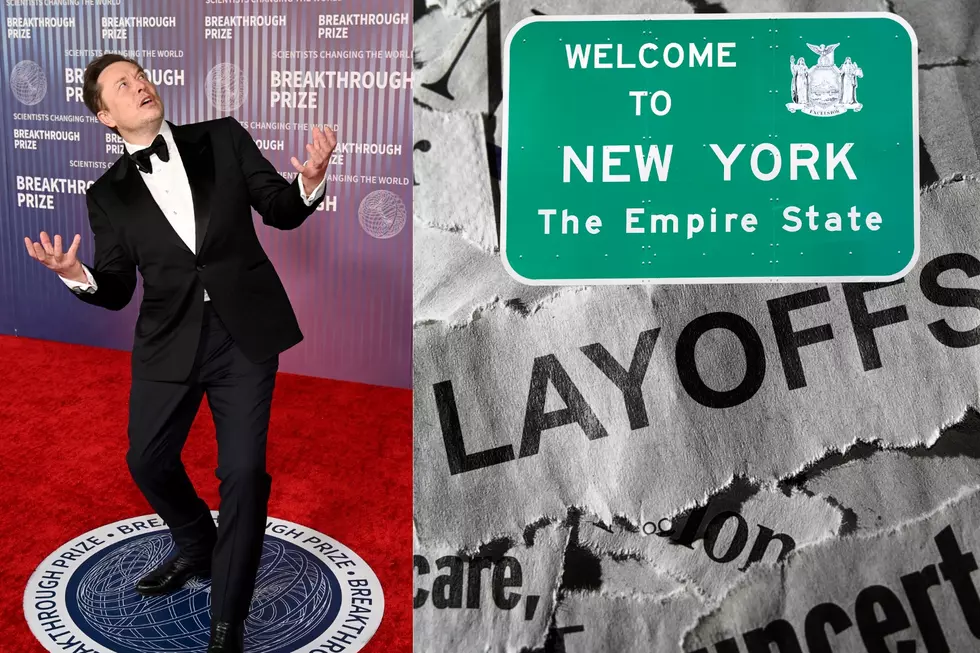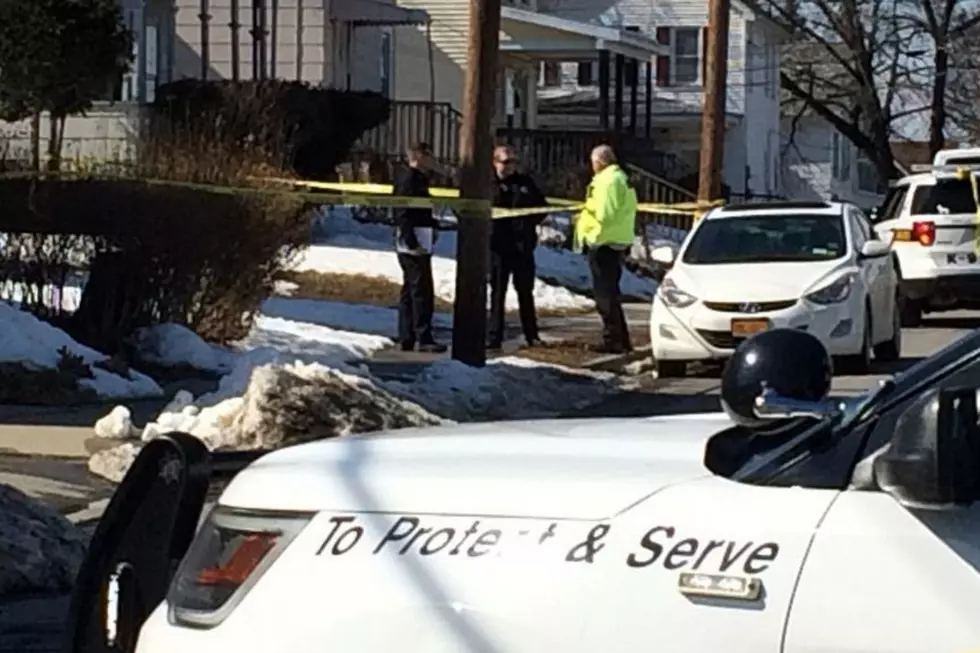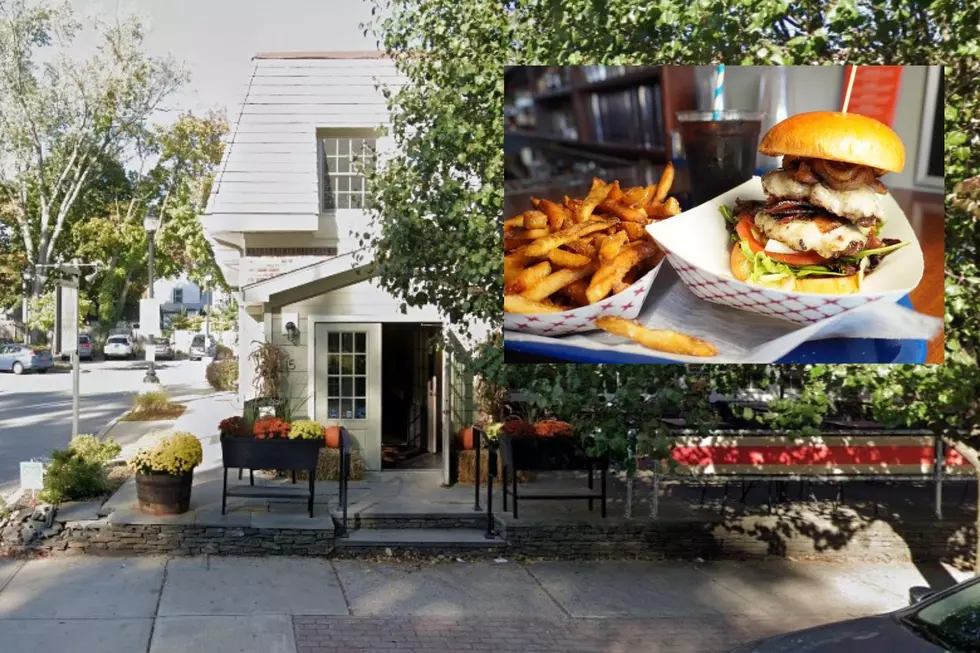
Small Hudson Valley Town Was Once the Violet Capital of the World
No one ever really talks about this, but at one time a small Hudson Valley town supplied 90% of the world's violets.
I'm amazed that after all of these years of talking and writing about the Hudson Valley I'm still learning incredible things about the place I call home. Our region is so full of history that some of its most fascinating stories have all but been lost to history. One of those tales is the Hudson Valley's designation as the "Violet Capital of the World."
At one point, over 90 percent of the country's violets were grown in the Hudson Valley.
According to the William G. Pomeroy Foundation, George Saltford of Rhinebeck built his first greenhouse in the late 1800s. By the 1920s, millions of violets grown in the area were being shipped all over the country. During the violet boom, there were hundreds of greenhouses on Route 9G in Rhinebeck. Of course, many of us know that Route 9G is also called Violet Avenue, but up until now I never knew it was because of the area's history of growing flowers.
Another interesting thing I learned is that there are dozens of varieties of violets. In fact, pansies, which are very popular in planter boxes and pots all over the Hudson Valley during springtime, are actually violets.
The local violet industry thrived for generations, shipping out almost all of the violets enjoyed by flower lovers throughout the United States until the last greenhouse closed down in 1979.
It's pretty incredible that an area that was so important in the history of growing violets has all but forgotten about it. We had some fun at Danbury, Connecticut's expense last year when we exposed their odd obsession with hat making. A brief success manufacturing hats in the late 1800s has become the main source of pride for the town that still refers to itself as "Hat City."
Up until now, I never remember anyone in Rhinebeck boasting about the town's history of growing violets. But that all changed this weekend when a new historical marker was unveiled on Wurtemburg Rd. just off of Route 9G (you know, Violet Avenue). The sign, donated by the William G. Pomeroy Foundation, is inscribed with a brief history of how Rhinebeck became the Violet Capital of the World.
So now, despite the story of Violet Avenue being last through the years, visitors to Rhinebeck will now be greeted with a little reminder of the village's interesting agricultural heritage.
6 Real Hudson Valley Locations Featured in 'Hamilton'
More From WPDH-WPDA









